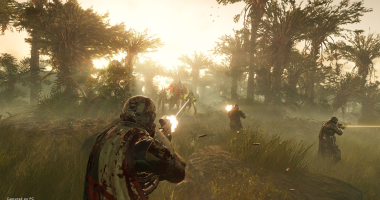
What we can expect from the collision
Expert Bill Gray, who first identified the collision course, revealed what we can expect from the collision.
He wrote: “I have a fairly complete mathematical model of what the Earth, Moon, Sun and planets are doing and how their gravity is affecting the object.
“I have a rough idea of how much sunlight is pushing outward on the object, gently pushing it away from the sun. This usually enables me to make predictions with a good bit of confidence.
“However, the actual effects of that sunlight are hard to predict perfectly. It doesn’t just push outward; some of it bounces ‘sideways’.
“The object is a long cylinder, spinning slowly; you can see the light from it vary as it tumbles, and you can plot a light curve for it indicating that it rotates about once every 180.7 seconds. (Or possibly every 90.4 seconds. There’s often some ambiguity in measuring rotation periods.)
“These unpredictable effects are very small. At a guess, the above prediction may be wrong by a few kilometres and second from the predicted time.”









